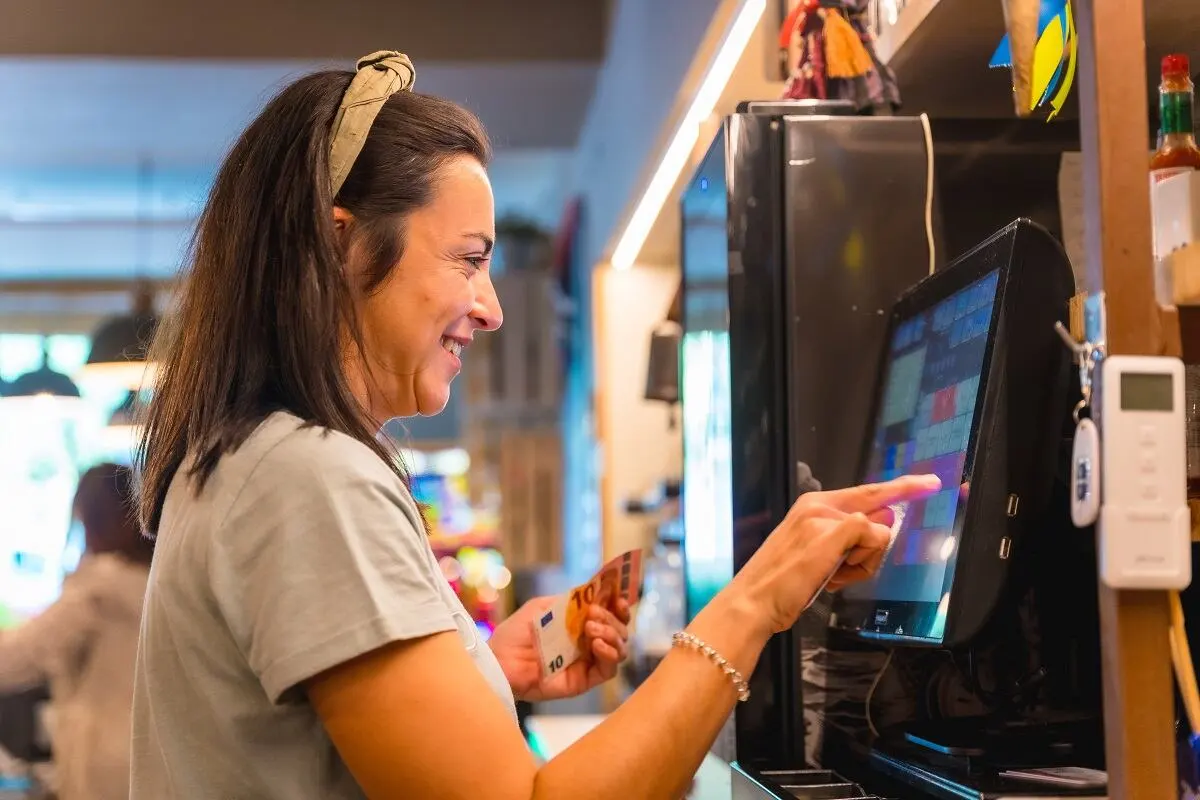Queuing has become a necessary component of our daily lives in the fast-paced world of today. We frequently find ourselves wasting valuable time standing in lines, whether it’s at a retail establishment, a bank, or an amusement park. The conventional queue system, however, is frequently annoying, time-consuming, and ineffective. Fear not, though, as technological advances and creative strategies are altering queuing systems, providing better business solutions, and enhancing customer experiences for better queuing systems.
This article examines the idea of a better queuing system, outlining crucial elements and tactics to boost effectiveness, cut down on wait times, and provide a seamless customer experience.
Utilizing Digital Queue Management Systems
Digital queue management systems have become one of the most important improvements in queuing systems. Virtual queues, which allow customers to reserve their position online and do away with the need to physically stand in the queue, are replacing conventional physical lineups. Customers can correctly anticipate their waiting time, reserve a position in the queue, and get real-time information by using online platforms.
Digital queue management systems provide multiple advantages. Insights into key data points, including peak times, typical wait times, and client preferences, are offered to organizations. With the use of this knowledge, businesses may better allocate their resources, manage their workforce requirements, and boost overall operational effectiveness. In addition, computerized queuing systems lessen crowding and congestion, creating a more organized and welcoming environment for customers.
Read: Improving Your Business with Workforce Software Monday
Implementing Self-Service Kiosks
- Self-service kiosks increase productivity by enabling clients to do tasks on their own.
- They provide ease and independence, which enhance the client experience.
- Self-service kiosks lessen human error in transaction processing and data entering.
- They provide flexibility and scalability to meet changing client demands.
- Information will flow smoothly thanks to integration with current systems.
- Self-service kiosks produce invaluable data for analytics and decision-making.
- Consistency and personalization in branding are made possible by customization possibilities.
- For implementation to be successful, there must be sufficient training and assistance.
- Security measures and privacy compliance safeguard customer data.
- Self-service kiosks simplify processes and foster settings that are focused on the client.
Introducing Mobile Queuing App
The widespread use of cell phones offers a fantastic chance to improve queue systems even more. Customers using mobile queuing apps can effortlessly control their waiting times, join virtual lineups, and receive notifications on their handheld devices. Customers can make a remote reservation, track the status of their line, and get notifications when their turn is about to come.
Apps for mobile queuing give clients freedom because they can look through things while they wait or explore local amenities. They also lessen the need for real line barriers, enhancing the waiting area’s overall attractiveness. Businesses may cater the queue experience to particular client preferences and increase satisfaction and loyalty by incorporating elements like appointment scheduling and personalized notifications.
Applying Predictive Modeling and Queue Analytics
Queuing system optimization heavily relies on data analytics and predictive modeling. Businesses can spot trends, project demand, and properly allocate resources by looking at historical data. When it comes to personnel, service capacity, and process changes, organizations can use queue analytics to gain insight into peak times, typical wait times, and customer flow.
Predictive modeling uses machine learning algorithms to predict future demand and optimize resource allocation, which is a step beyond queue analytics. Businesses can proactively change workforce numbers, simplify operations, and reduce customer wait times by precisely anticipating foot traffic and anticipated waiting times. This proactive strategy not only boosts productivity but also increases client happiness.
Offering Virtual Queuing and Appointment Systems
Virtual queueing and appointment systems are revolutionizing waiting times in a variety of industries. Customers who prefer not to stand in a queue in person can reserve a spot online and get an anticipated wait time. When their appointment or turn is approaching, they can go exploring in the neighborhood or take it easy. With this method, clients may spend their time more effectively and participate in other activities because the inconvenience of physical lines is eliminated.
Conclusion
Traditional queuing systems are being reimagined as society continues to embrace technological breakthroughs to improve consumer experiences and increase operational effectiveness for enterprises. The way we wait in lines is changing as a result of the use of digital queue management systems, self-service kiosks, mobile queueing apps, and virtual queueing and appointment systems.
Applying these innovative techniques businesses may shorten wait times, boost customer happiness, and learn important details about client preferences and behavior. The future of queuing systems rests in the seamless integration of technology, data analytics, and predictive modeling, allowing organizations to optimize resource allocation, streamline processes, and provide remarkable customer experiences. It’s time to say goodbye to the inconveniences of conventional lines of people waiting and welcome a new era of effective, customer-focused queuing systems.
Also, Check these Articles:
- Marketing Automation Bizleads Summit | What is it and What are its Benefits
- Automate Your Business With Online Marketing Bizleads Automation Summit 2023
- Benefits of Using Purchase Requisition Software for Your Business




